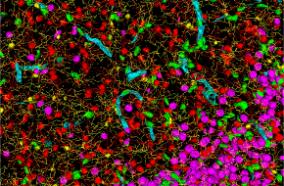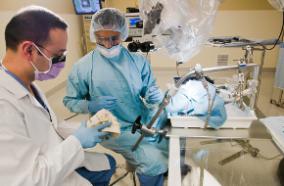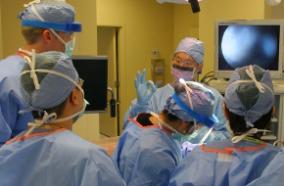A New Active Contours Approach for Finger Extensor Tendon Segmentation in Ultrasound Images Using Prior Knowledge and Phase Symmetry.
A New Active Contours Approach for Finger Extensor Tendon Segmentation in Ultrasound Images Using Prior Knowledge and Phase Symmetry.
IEEE J Biomed Health Inform. 2018 07;22(4):1261-1268
Authors: Martins N, Sultan S, Veiga D, Ferreira M, Teixeira F, Coimbra M, Martins N, Sultan S, Veiga D, Ferreira M, Teixeira F, Coimbra M
Abstract
This work proposes a new approach for the segmentation of the extensor tendon in ultrasound images of the second metacarpophalangeal joint (MCPJ). The MCPJ is known to be frequently involved in early stages of rheumatic diseases like rheumatoid arthritis. The early detection and follow up of these diseases is important to start and adapt the treatments properly and, in that way, preventing irreversible damage of the joints. This work relies on an active contours framework, preceded by a phase symmetry preprocessing and with prior knowledge energies, to automatically identify the extensor tendon. Active contours methods are widely used in ultrasound images because of their robustness to speckle noise and ability to join unconnected smaller regions into a coherent shape. The tendon is formulated as a line so open ended active contours were used. Phase symmetry highlights the tendon, by setting a proper scale range and angle span. The distance between structures and the tendon slope were also included to enforce the model based on anatomical characteristics. And finally, the concavity measures were used because, given the anatomy of the finger, we know that the tendon line should have less than two concavities. To solve the active contours energy minimization a genetic algorithm approach was used. Several energy metric configurations were compared using the modified Hausdorff distance and results showed that this segmentation is not only possible, but exhibits errors smaller than 0.5 mm with a confidence of 95% with the phase symmetry preprocessing and energies based on the line neighborhood, area ratio, slope, and concavity measurements.
PMID: 28693000 [PubMed - indexed for MEDLINE]



















